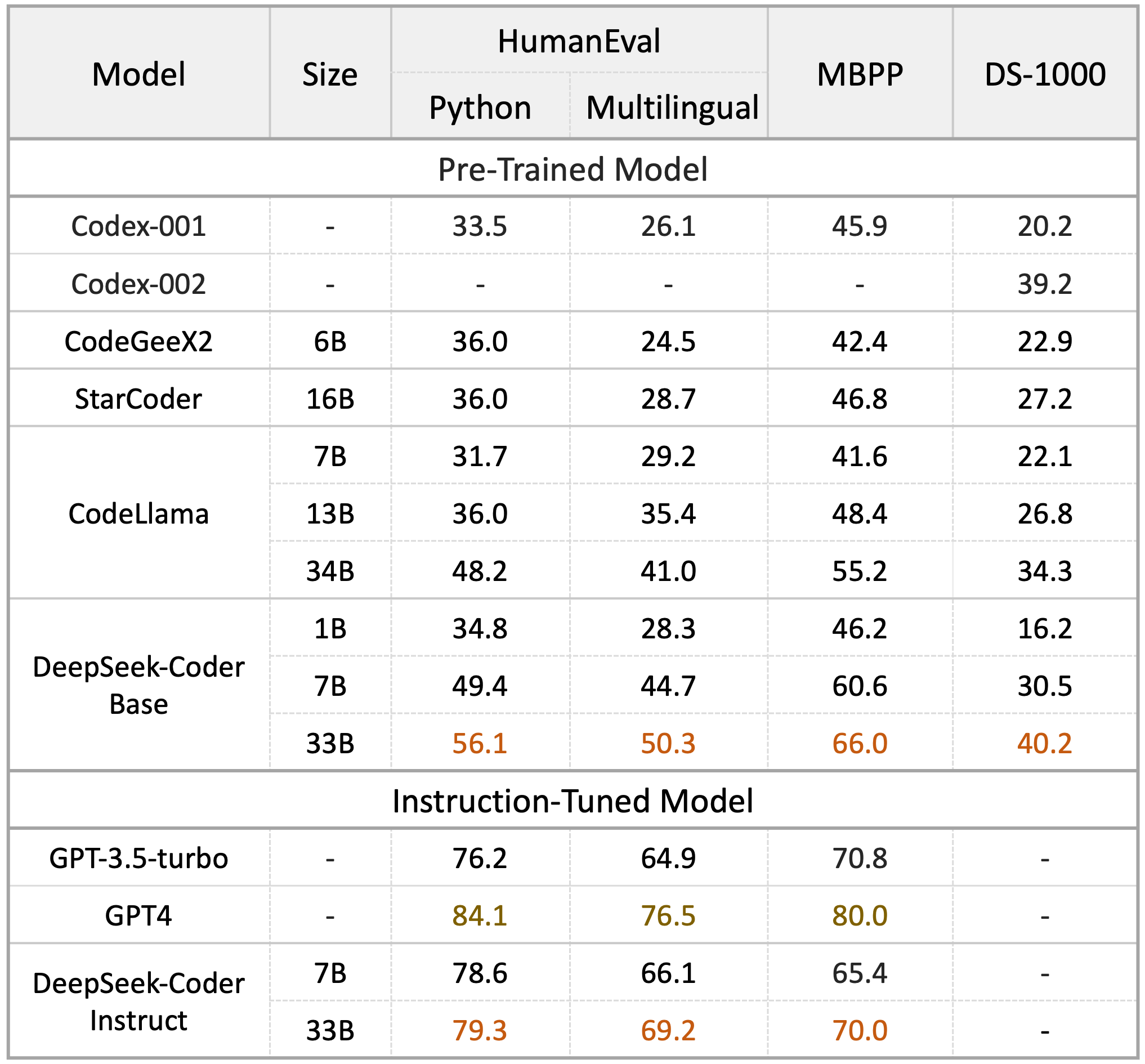
Foxmeadowscreamery
Add a review FollowOverview
-
Founded Date May 30, 1937
-
Sectors Information Technology
-
Posted Jobs 0
-
Viewed 28
Company Description
The AI Company Trump Claims serves as a ‘Wakeup Call’ To Silicon Valley
DeepSeek says its newest AI model is as great as those of its American rivals, was cheaper to develop and it’s offered free of charge. What does that mean for US AI supremacy?
A Chinese company called DeepSeek, which recently open-sourced a large language model it declares performs as well as OpenAI’s most capable AI systems, is now the white hot center of attention for the AI community. Its tech is being admired as one of the finest open-source challengers to leading American AI models, stiring stress and anxieties about China’s formidability in the heightening worldwide AI race and spurring U.S. startups to re-examine their own work after a foreign rival seemingly did so a lot more with so less resources.
In late December, the small Chinese laboratory, based in Hangzhou, released V3, a language model with 671 billion specifications, which was reportedly trained in two months for just $5.58 million. That’s a cost orders of magnitude less than OpenAI’s GPT-4, a larger model at an estimated 1.8 trillion criteria, however constructed with a $100 million rate tag. Last week, DeepSeek tossed down another gauntlet, releasing a model called R-1, which it claims competitors OpenAI’s o1 design on what’s called “reasoning tasks,” like coding and resolving complex mathematics and science problems. OpenAI charges users $200 monthly for such models; DeepSeek offers its own free of charge.
The power of DeepSeek’s model and its prices are currently moving the method American AI startups run their organizations. It’s a cheap, compelling alternative to offerings from incumbents like OpenAI, Jesse Zhang, CEO of Decagon, which develops AI representatives for customer care, informed Forbes. DeepSeek’s brand-new model will likely require American AI giants like OpenAI and Anthropic to reevaluate their own prices.

Eiso Kant, CTO and co-founder of Poolside AI, a unicorn that builds AI for software application engineering, informed Forbes that DeepSeek’s strength remains in its engineering capability to do more with less.
“What DeepSeek is revealing the world is that when you put a strong focus on making your training compute-efficient, you can do a lot,” he stated. “There’s amazing things that you can continue to squeeze out of these Nvidia chips to make them exceptionally more effective.”
“It’s kind of wild that someone can enter and invest hundreds of millions of dollars for a closed source model. And then all of an unexpected you get an open-source one that’s simply out there totally free.”
With OpenAI’s o1 design presumably bested on certain standards, some start-ups have actually currently begun getting information to train advanced systems, Manu Sharma, CEO of information labeling company Labelbox told Forbes. “I think the AGI race is type of reset in lots of ways,” he stated. “We are going to simply see a lot more competitiveness across the board.”
Alexandr Wang, the billionaire CEO of training data leviathan Scale AI, recently called the model “earth shattering.” And Aravind Srinivas, CEO of $9 billion-valued AI search start-up Perplexity has actually stated that he plans to incorporate the model into the primary search item. AI chip business Groq has actually currently included DeepSeek’s R1 model to its language processing systems. (In June, Forbes sent out Perplexity a stop and desist after accusing the startup of utilizing its reporting without permission.)
Others are less satisfied. Writer CEO May Habib informed Forbes she’s not surprised that DeepSeek’s designs, trained on a substantially smaller sized budget, are able to match the most smart designs in the US. In October, Writer released a design that was trained with simply $700,000, when it cost $4.6 million for OpenAI to construct a design with similar abilities. The business used synthetic data to reduce its training expenses.
“Even before DeepSeek’s model took off on the scene, we have actually been stating that these designs are commoditizing. They’re getting a growing number of dispersed,” Habib stated.
Over the weekend, as buzz about the business grew, DeepSeek went beyond ChatGPT on Apple’s app shop, ranking No. 1 for free app downloads in the United States. Then, on Monday, a number of U.S. tech stocks nosedived as panic around DeepSeek’s effective model launch spread. By day’s end, AI chip behemoth Nvidia’s market cap had actually been shaved down almost $600 billion.

It was a shocking upending of the AI world order. “It’s type of wild that somebody can go in and invest hundreds of countless dollars for a closed source model,” Greg Kamradt, president of ARC Prize, a not-for-profit that benchmarks AI models, told Forbes. “And then suddenly you get an open-source one that’s simply out there for free.”
For weeks DeepSeek’s designs have been lauded by some of the most popular names in the AI world including Meta’s chief AI researcher Yann LeCun, OpenAI cofounder Andrej Karpathy and Nvidia’s senior research study researcher Jim Fan. But news of the company’s most current achievement has sent out America’s AI heavyweights scrambling to figure out just how the Chinese business is getting such outstanding results while spending a lot less money.
“Deepseek R1 is AI‘s Sputnik minute,” investor-billionaire Marc Andreessen composed on X.

“The release of DeepSeek, AI from a Chinese company, should be a wakeup call for our markets that we need to be laser-focused on completing to win.”
Despite the pomp and bombast of the Trump administration’s recent AI statements, DeepSeek has that the U.S. might be losing its AI edge – particularly because it’s been so successful regardless of the tight US export manages that prevent it from utilizing Nvidia’s state of the art AI chips. The business’s most current achievement is a sobering counterpoint to Project Stargate, a joint endeavor between OpenAI, Oracle and Japanese tech corporation Softbank, to invest $500 billion in AI infrastructure.

Ahead of a meeting with House Republicans in Florida on Monday, Trump acknowledged the hazard. “The release of DeepSeek, AI from a Chinese company, should be a wakeup require our markets that we require to be laser-focused on contending to win,” he said.
There are caveats to DeepSeek’s most current accomplishment. Researchers have discovered its AI designs tend to self-censor on topics that are delicate to the Chinese Communist Party (CCP). Security researcher Jane Manchun Wong informed Forbes DeepSeek’s designs do not react to concerns about Chinese President Xi Jinping and the 1989 Tiananmen Square demonstrations. Beyond this, there are privacy issues. Data participated in DeepSeek’s models is kept in servers located in China, according to its policies.
Divyansh Kaushik, a vice president at national security advisory firm Beacon Global Strategies cautioned Forbes versus individuals using DeepSeek without thorough vetting. “Unless we can have clear national security and complimentary speech examinations of Chinese designs, they need to be dealt with like propaganda arms of the CCP,” he stated. “They must be treated as Huawei on steroids.”
The issue is DeepSeek’s worth proposal: a state of the art AI reasoning design that’s complimentary to use and open in the closed, fee-based AI world being constructed by business like OpenAI and Anthropic. “It’s better to have a Chinese model that is open source versus an American model that is closed source,” said Labelbox’s Sharma.


